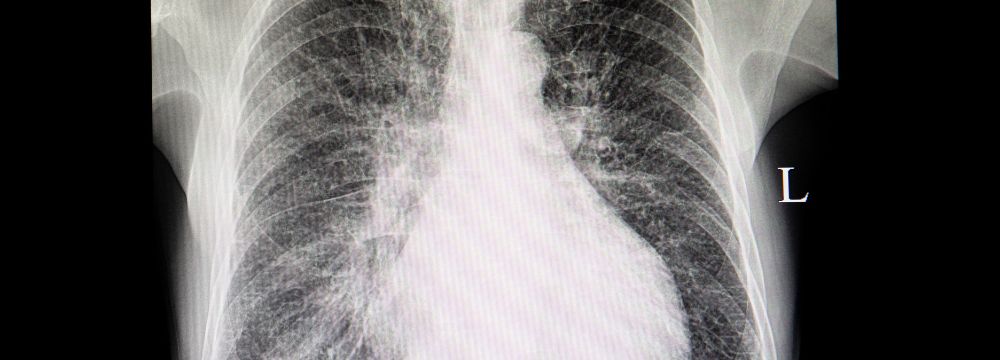
Are you new to your fitness and weight loss journey? Don’t sweat it. Not many people know the actual benefits of cardio and strength training for their bodies and how they work together for optimal fitness. Similarly, where you put your focus can matter in the long run, depending on what goal you’re trying to achieve. Check out some differences below to see what works best for you and how to incorporate both into your daily routine.
Strength Training:
Many people, including habitual weightlifters, don’t view strength training as a way to shed lots of calories, but it may be underappreciated in this sense. Working up a sweat on a long run is great, but strength training could burn more calories over time. You’re building your muscles by pushing them to lift weights (correctly) and get a good number of sets on each machine or free weight station. This muscle mass increase also gives you a higher baseline calorie burn at rest.
Weightlifting exercises that use a lot of muscle groups, like squats, sled pushes, cleans, deadlifts, and more, can push your body toward sustained calorie loss. At the same time, a light jog or elliptical machine may only burn those calories at the moment. That’s why workout groups like CrossFit or Orange Theory use weights in their workouts – strength training works. Typically, heavier weights can help you lose weight more quickly but don’t risk it if you can’t lift it. Slowly work your way up to a weight that can challenge you without hurting you.
Cardio Training:
You may not hear this from an avid weightlifter, but cardio training has excellent heart health benefits – hence the name. Yes, weightlifting can accelerate calorie loss, but it’s not logical to only lift during your gym visits. Classic cardio exercises like running, jogging, swimming laps, HITT, jumping rope, and more can improve your breathing and heart. It also comes down to your body type too. Cardio may not be as crucial for those looking to bulk up, but it is an excellent option for those who are overweight and looking to shed. It depends on the goal you’re looking to accomplish, your body type, and the workouts you like best. At the end of the day, taking some laps around a high school track, jogging on an inclined treadmill, jumping rope at home, or even just random sets of jumping jacks will only help to improve your fitness. More structured cardio exercise in the form of team sports or classes can be even more beneficial. You wish to consider Zone 2 training, something we discussed on this blog, which even high-performance athletes use to improve their base-level cardiovascular ability.
Why Not Both?
Now we’re talking! Most gym goers like to dabble in both cardio and weights. For those who emphasize weights, hitting them before cardio is often better – you don’t want to be completely out of energy by the time you lift. Vice versa for those focused on cardio. It doesn’t have to be black and white. A healthy lifestyle is usually in the grey area and different for everyone. Try both training methods and see what works best for you and your body type.
Discuss new exercise programs with your cardiologist, as you don’t want to over-strain your heart. This is especially true for those with existing cardiovascular disease. Further, as we age, we must ensure we are not injured. Even a minor injury can sideline us for weeks and set us back in our goals. For these and any other questions, we encourage you to contact our office to schedule a consultation with one of our cardiologists.








